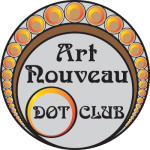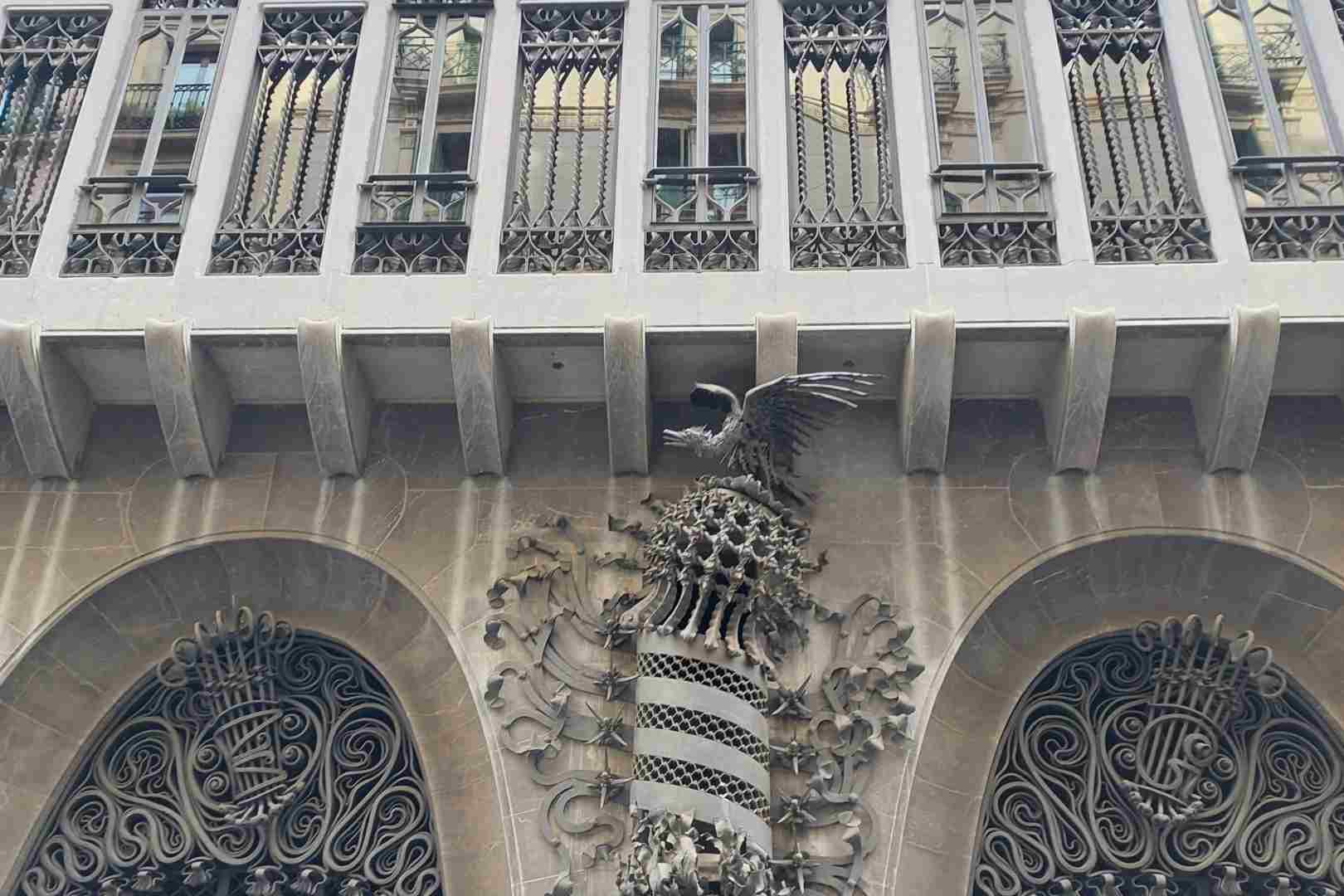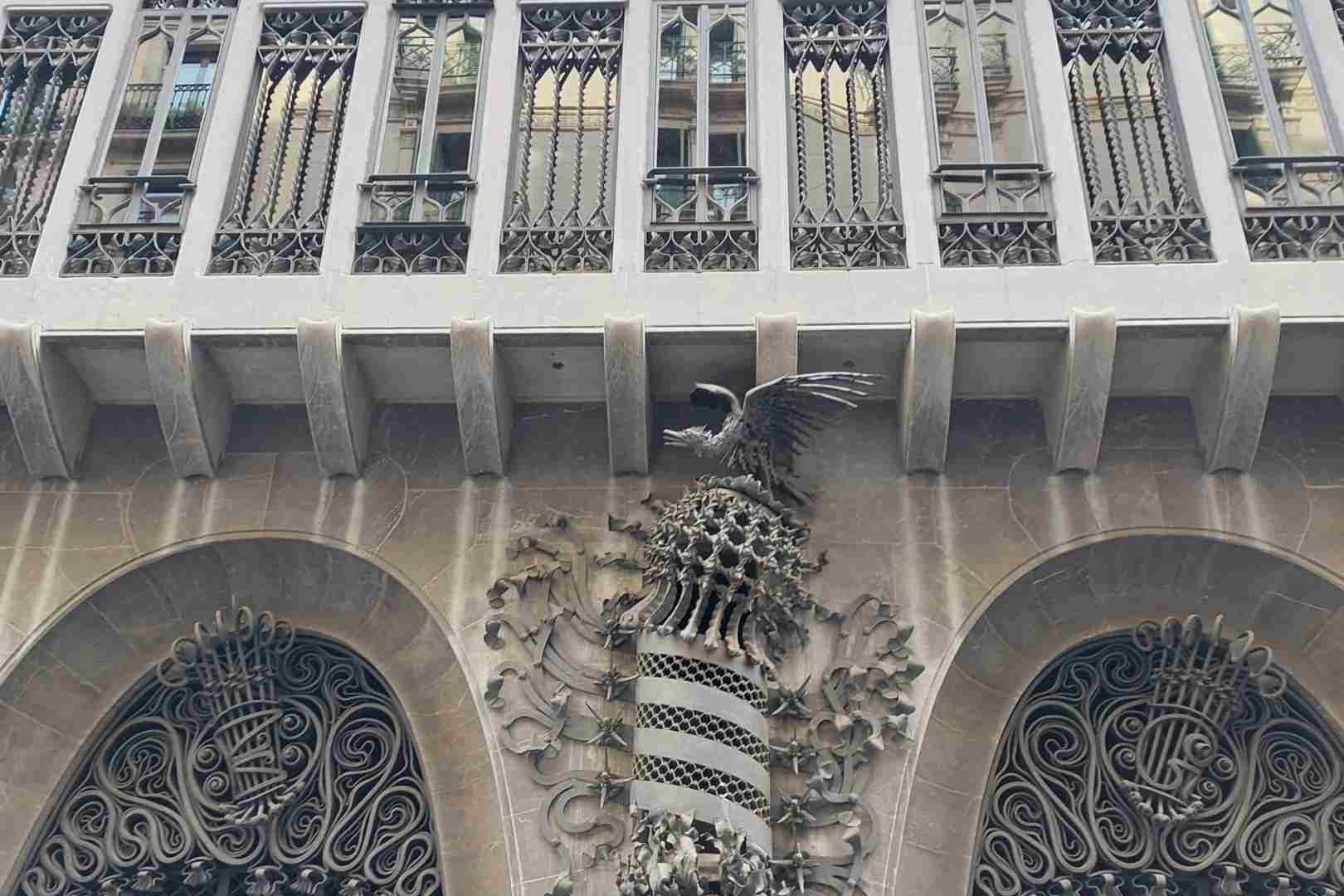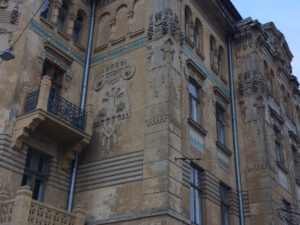Lviv, in Ukraine, a hidden gem of Art Nouveau
Lviv is located in the far west of Ukraine, 470km away from its capital Kiev and just 50km from the Polish border. Not only it has a Unesco World Heritage status but it is probably Europe’s most hidden Art Nouveau gem.
Sincerely, It looks as if only art and architecture historians are paying some attention to it. When you visit the city it is very difficult to get information about the Art Nouveau treasures it holds. Considering that according to some experts there are at least 150 beautiful buildings built in Ukranian Art Nouveau in the city (and more than 500 in the whole Ukraine), these are bad news.
It is a fact that the government has no funds to make all this art visible. Struggling with political and economic problems, Ukraine has no means for a serious revitalisation of Lviv’s exceptional buildings. Some analysts say that this lack of funds has allowed many of the elements that would have vanished during remodelling.
Hardly a hundred artists, architects and designers worked in the style of Ukrainian Modern and their legacy deserves to be studied and preserved. Most of these artists and architects were either arrested by the Stalinist regime and executed, or dispatched to concentration camps where they died; only a handful of them survived fleeing abroad.
For a number of reasons, the soviets were hostile to Ukrainian Art Nouveau which they branded as “a decadent style.” There was very little written about it by art historians, and the Ukrainian version of Art Nouveau was ignored.
We hope that the Art Nouveau treasures of the the most cultural and elegant city of Ukraine will be discovered by travellers interested in culture, history and arts.
About the main architects of the movement in Lviv:
Ivan Levynsky, the main architect of Lviv’s Art Nouveau history, was born on July 6, 1851, in the Galician town of Dolyna, near Stanislaw (now Ivano-Frankivsk). After having graduated from the Lviv Technical Academy in 1875 he soon opened his own company, a building materials company and an artistic pottery studio. He became a professor of architecture at the Lviv Polytechnical Institute in 1903.
Levynskyi designed and built many of Lviv’s public buildings in a style that combined Viennese Secession with references to folk architecture. Among the landmarks he contributed to the city are the Chamber of Commerce and Industry, the George Hotel, the Dnister Insurance Company Building, and the ensemble of Bohomoltsia street. He also designed and built hospitals and sanatoria in the Galician capital, in Horodenka, Kolomyia, Ternopil, Vorokhta, Zalishchyky and Zolochiv.
Oleksandr Lushpynsky was an artist and architect lived and worked in Lviv. He worked in the construction company run by his teacher Ivan Levynsky. Lushpynsky combined in one design elements of the Hutsul ornaments, Byzantine echoes, and romantic features borrowed from elsewhere. The building of the Ukrainian Pedagogical Society in Lviv, which was built in 1906–1909, is a good example of Lushpynsky’s refined taste. Important to say, the building was built with the money collected among the locals.
About Secession – Art Nouveau:
Secession is the name of Art Nouveau in Central Europe. The Secession style appeared in the 1890s in Europe and reached Lviv in the first decade of the 20th century. Rejecting the tradition of copying the architecture of the past times, the Secession became a challenge, especially in the eyes of the more conservative people and the older generation of architects. With this style the building’s structure and decorations were to be combined organically.
The Secession was developed to Lviv due to the influence of Vienna and, in particular, of the Otto Wagner architectural school. In pursuit of new trends, many local architects copied Viennese examples; however, a quite local style nature could be formed in Lviv. Compared to Art Nouveau in cities like Paris, Brussels, Vienna or Glasgow, Art Nouveau in Ukraine remained much more conservative.
Art Nouveau buildings have fancy floral ornaments, stucco and fantastically diverse plasters, ceramic tiles and wrought-iron railings.
It became a transition style, where early ideas of the architectural modernism began to be implemented. The desire for functionality and veracity in the materials and structures application, originality and authorship were important.
About Art Nouveau:
The distinguishing ornamental characteristic of Art Nouveau is its undulating, asymmetrical line, often taking the form of flower stalks and buds, vine tendrils, insect wings, and other delicate and sinuous natural objects; the line may be elegant and graceful or infused with a powerfully rhythmic and whiplike force.
Architecture particularly shows a synthesis of ornament and structure; a liberal combination of materials — ironwork, glass, ceramic, and brickwork—was employed, for example, in the creation of unified interiors in which columns and beams became thick vines with spreading tendrils and windows became both openings for light and air and membranous outgrowths of the organic whole.
After 1914 Art Nouveau appeared old-fashioned and limited and was generally abandoned as a distinct decorative style.
About Lviv:
Lviv is located in the most Ukrainian region of Ukraine. When it was a Soviet province, most signs were only in Ukrainian, and only a few also in Russian. Because of its Polish and Austro-Hungarian history, Lviv has a Central European flair in its architecture that makes it one of the most beautiful cities in Eastern Europe. Lviv has even been called “the capital of Ukrainian culture”.
A city with a lively history, Lviv (also spelled L’viv and Lvov) in Ukraine’s west was founded in the 13th century and has changed flags many times in the years since, having been part of Poland, Austria-Hungary and the Soviet empire.
Lviv is the 7th most populated city of Ukraine with over 700,000 people and certainly a hidden gem for art nouveau lovers.
There are many Art Nouveau buildings in Lviv. Here is the list of the main ones:
We, at https://artnouveau.club are a company specialised in 100% Art Nouveau Private Tours in the main European Cities of Europe.




